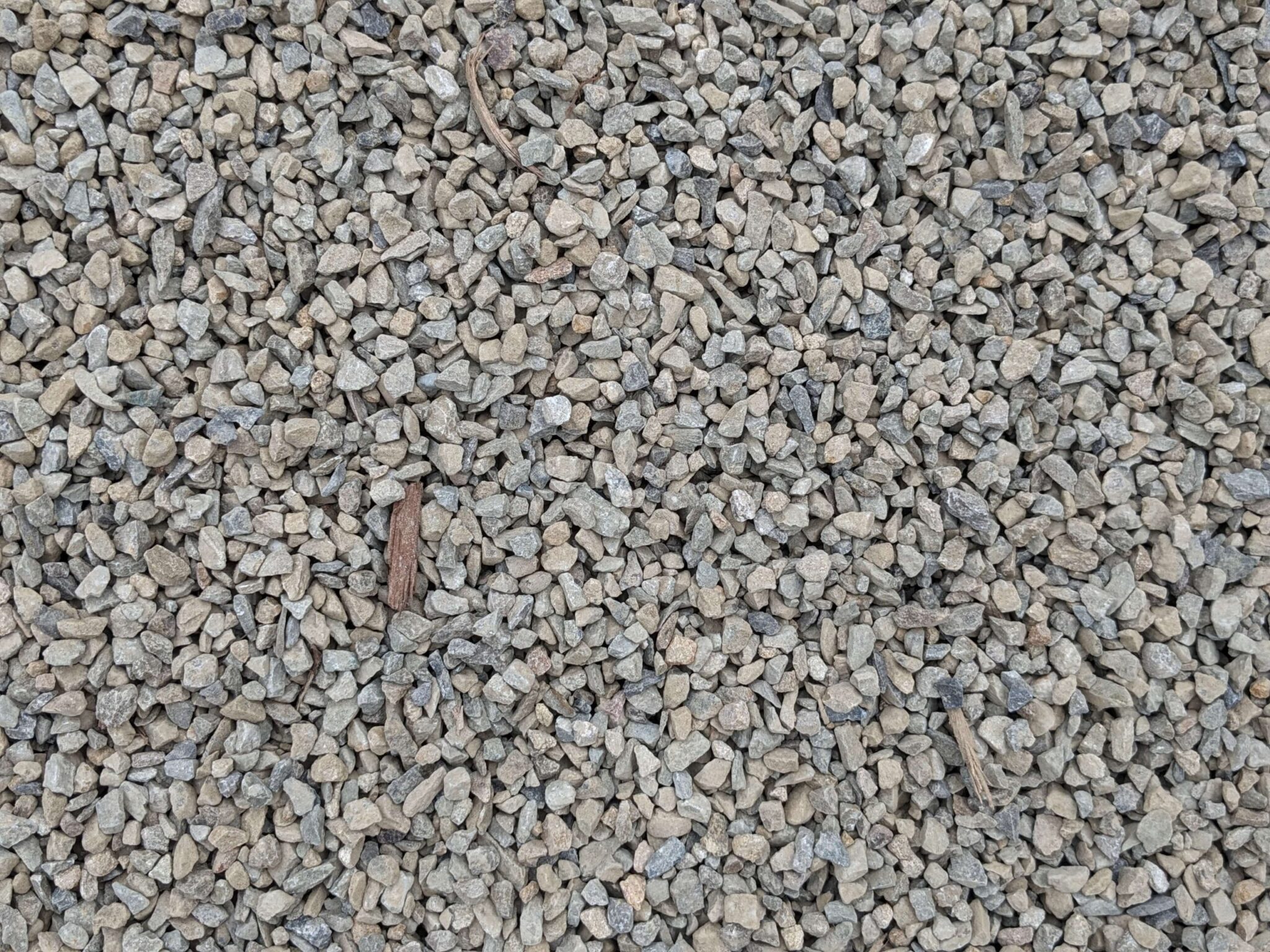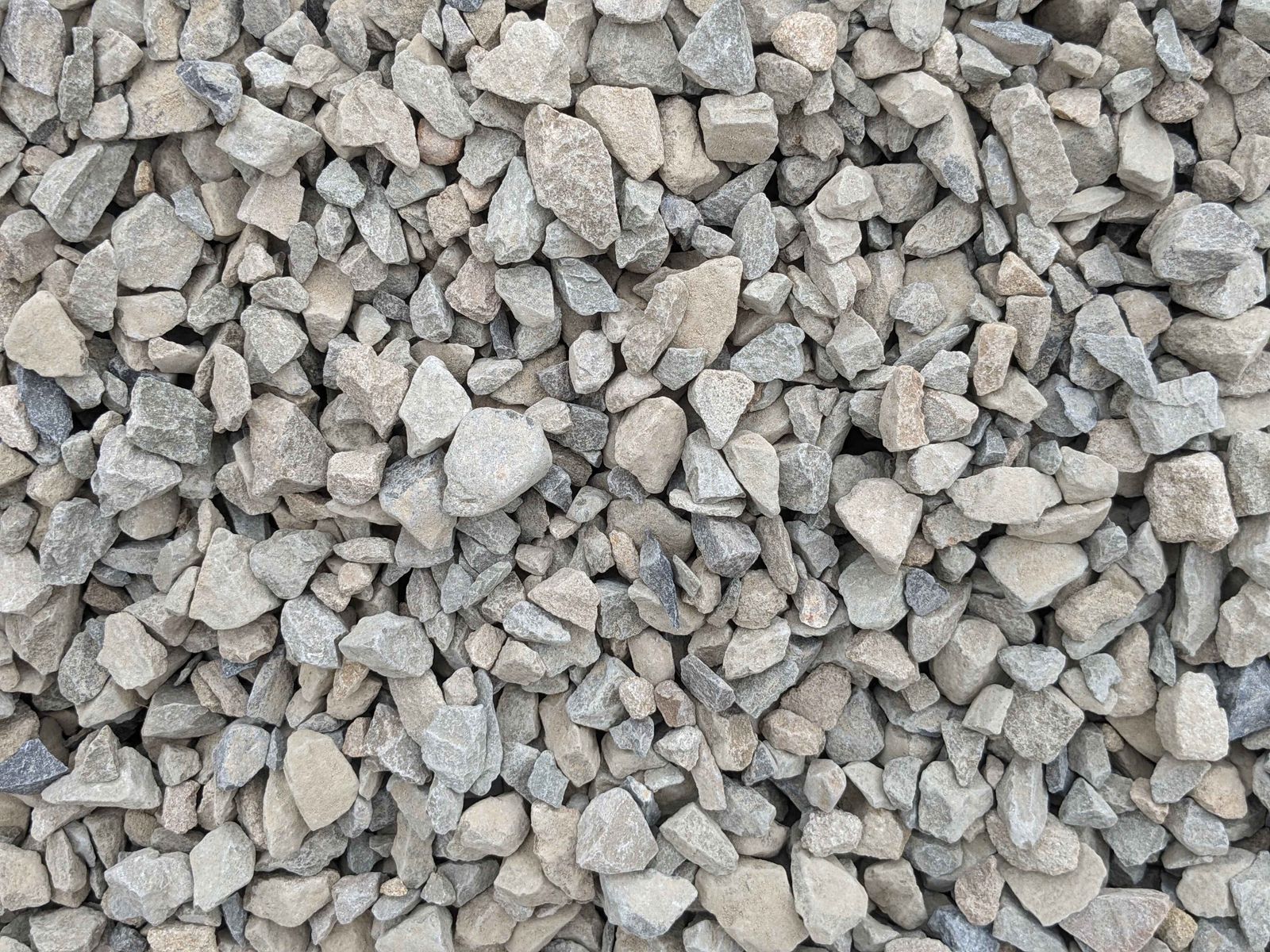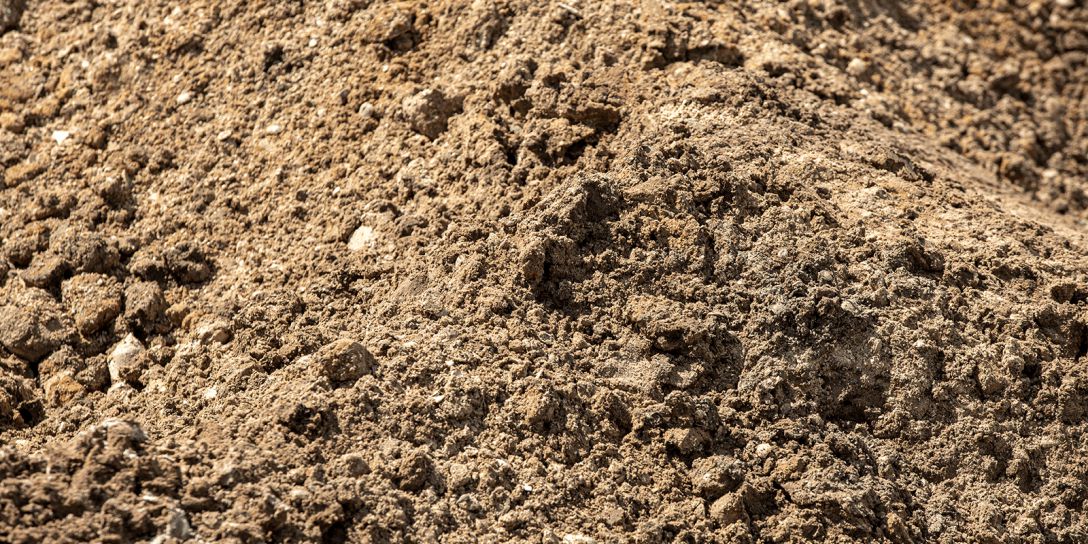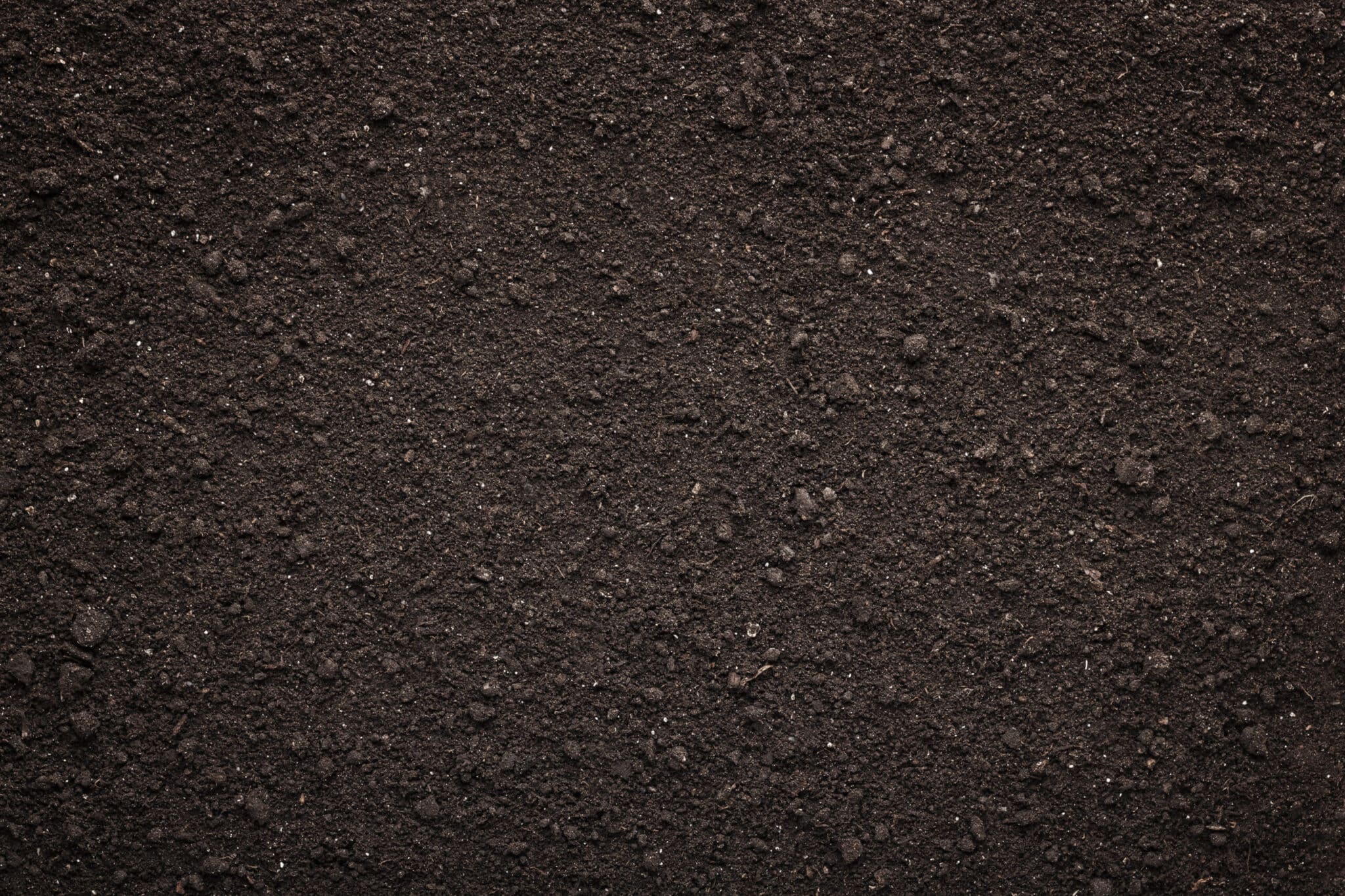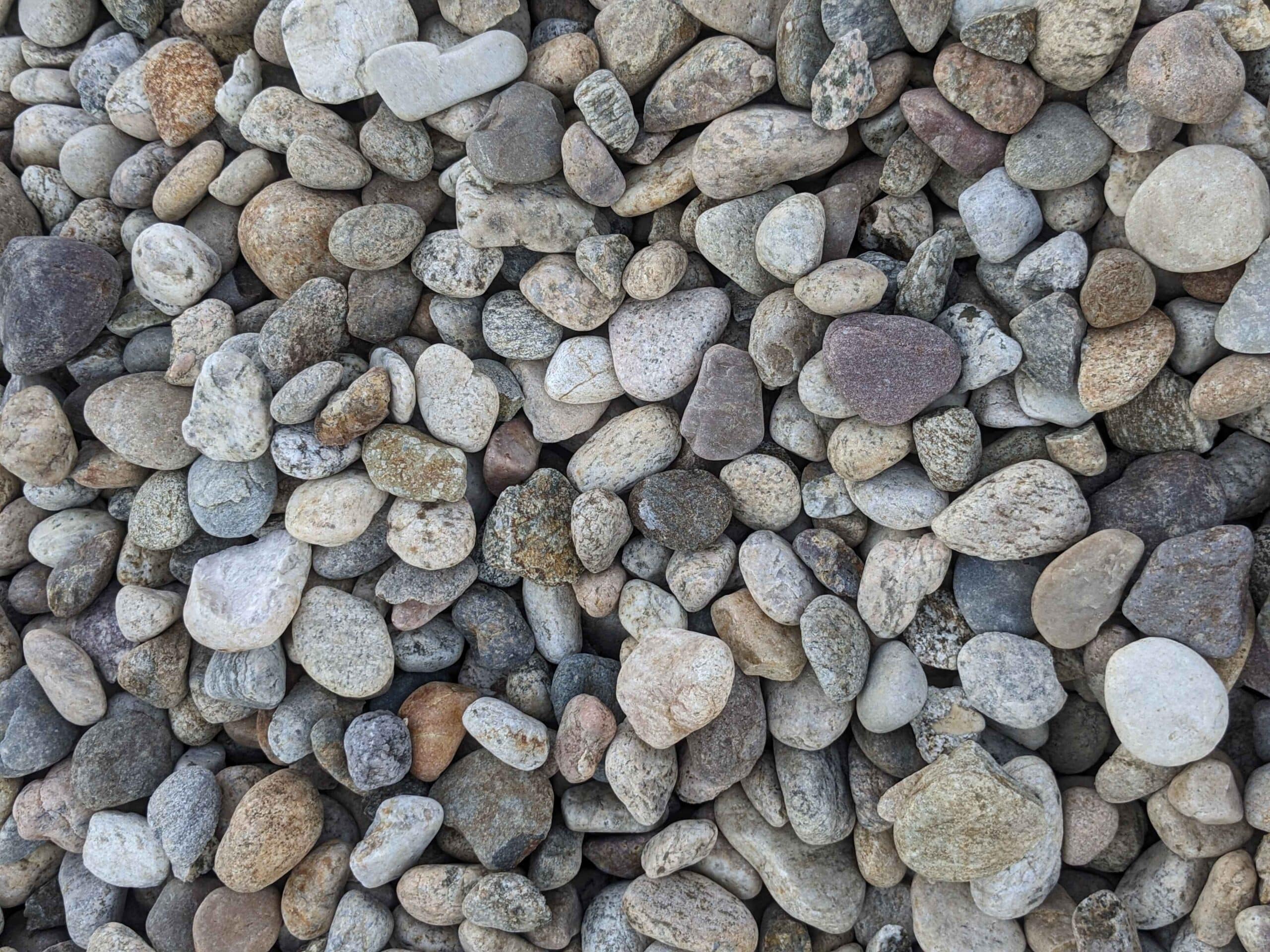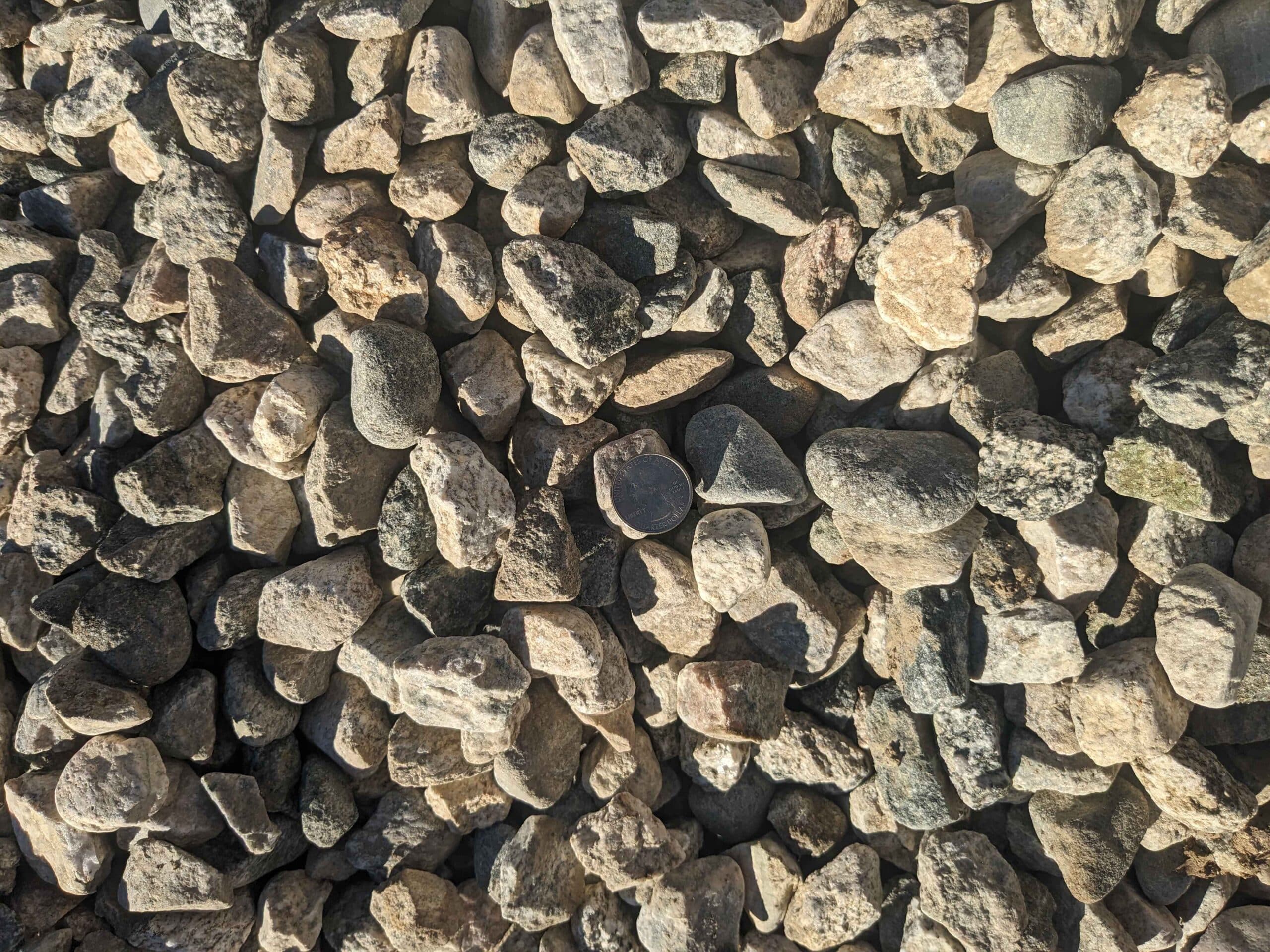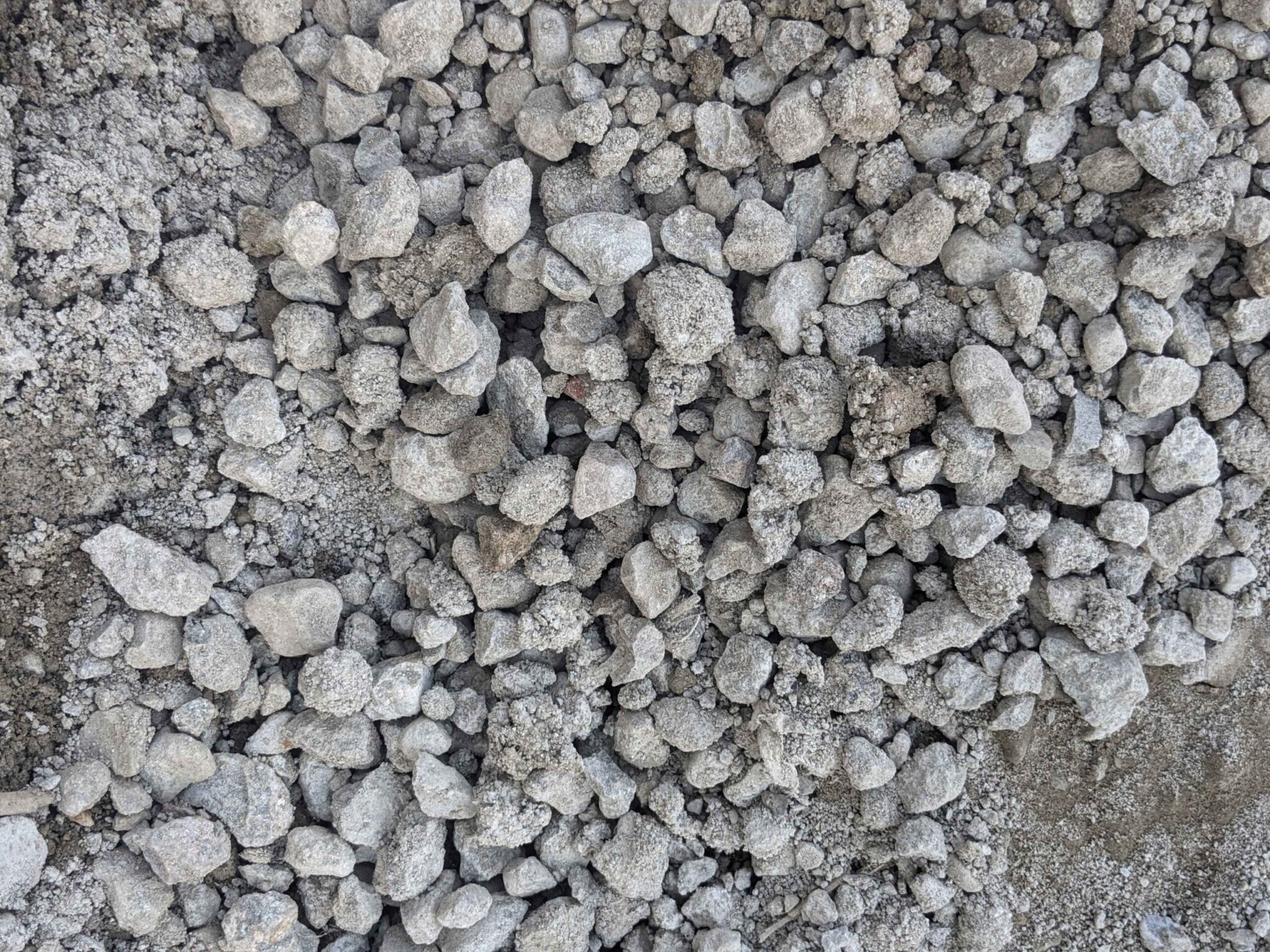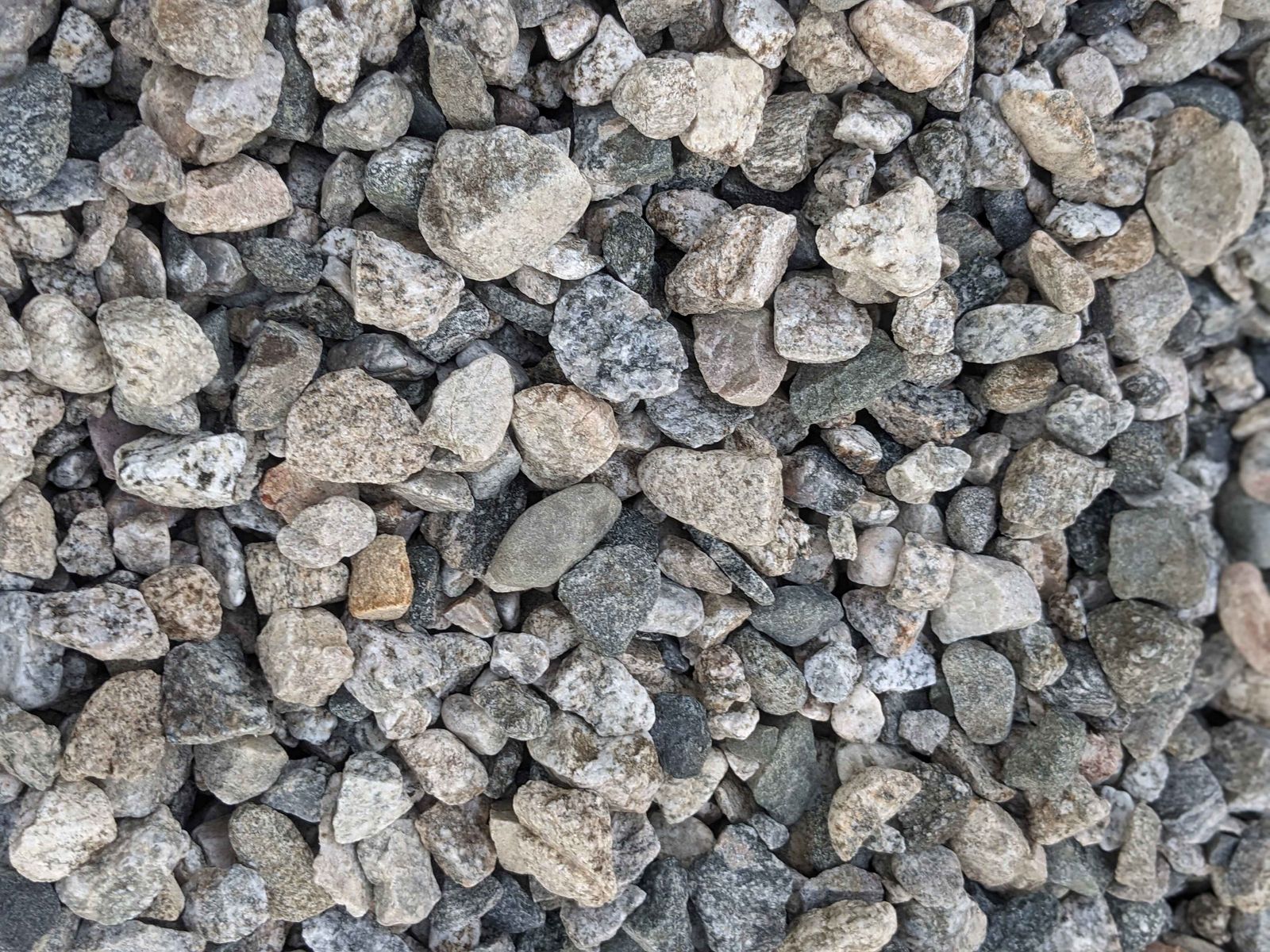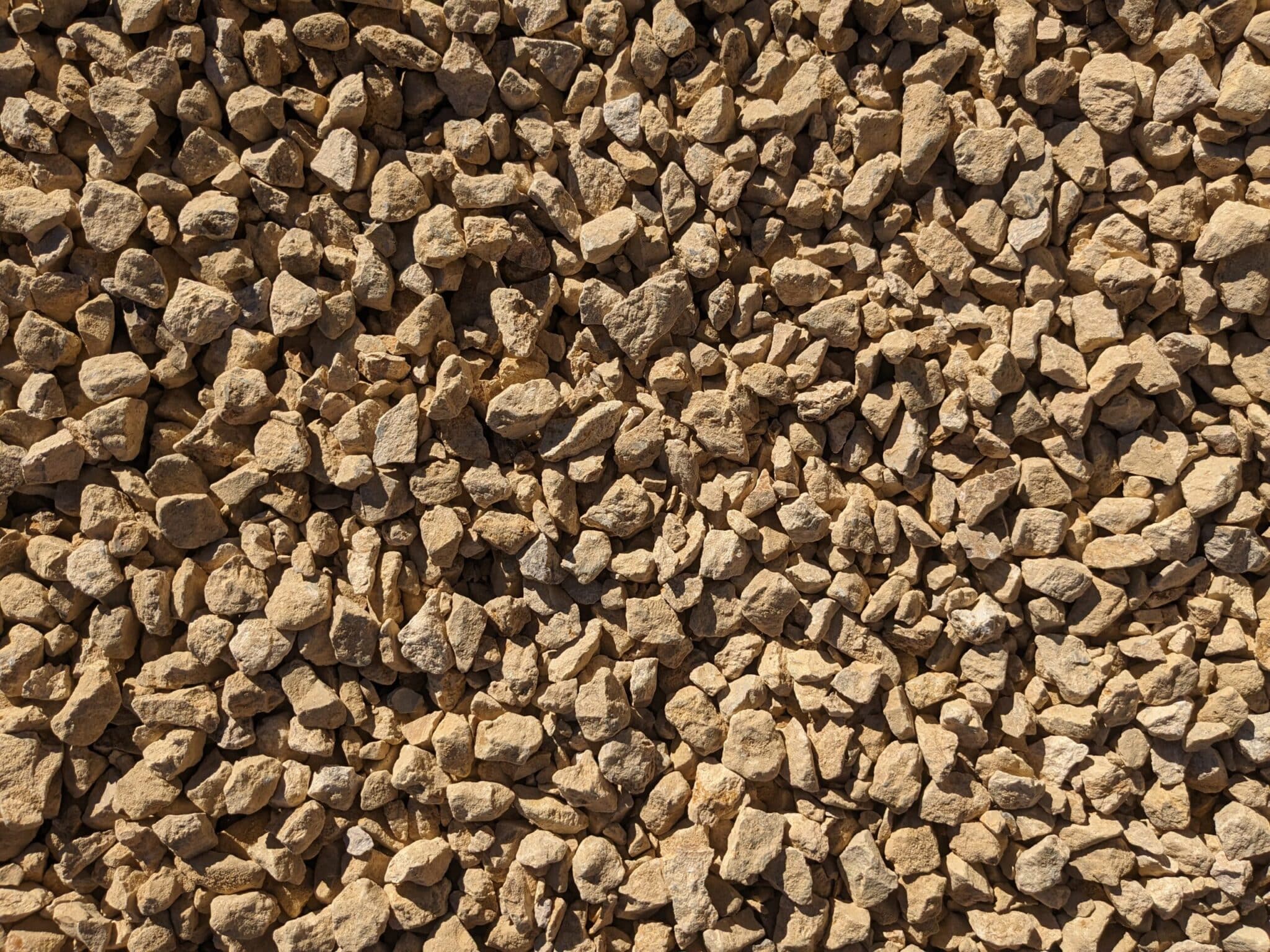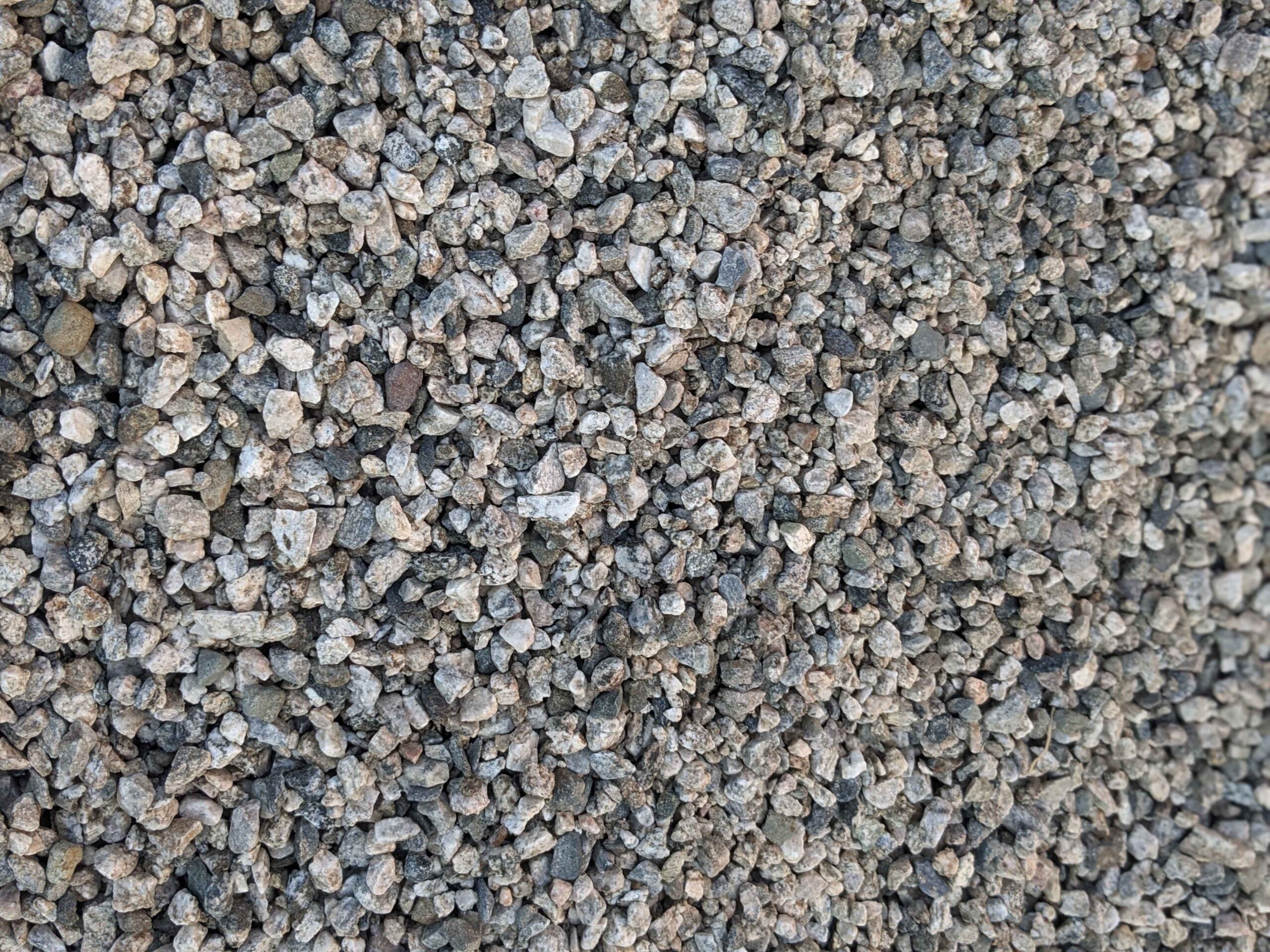What Type of Aggregate Base Is Best for Erosion Control?
Erosion control is a critical aspect of any construction project, and choosing the right aggregate base is crucial in ensuring the effectiveness and longevity of the process. In this article, we’ll explore the various types of aggregate bases available and the best practices for ensuring successful erosion control in your project. For erosion control, riprap is often considered the best type of aggregate. It consists of large, irregularly shaped stones or rocks that provide stability and effectively dissipate the energy of flowing water, making it highly effective in preventing erosion along shorelines, riverbanks, and slopes.
Riprap
Riprap stands out as the best choice for erosion control due to its well-documented effectiveness and durability. Large, irregular stones or rocks create a stable and interlocking surface, effectively reducing the erosive force of flowing water. Studies by the U.S. Army Corps of Engineers demonstrate that riprap can reduce flow velocity by up to 60% compared to bare soil surfaces. Its longevity is a key advantage, with properly installed riprap lasting for decades, ensuring continuous erosion protection without frequent maintenance or replacement.
Research by the Federal Highway Administration (FHWA) confirms that riprap significantly reduces soil erosion rates, sometimes by over 90% when compared to unprotected slopes. While the initial installation cost may be higher than other methods, riprap’s long-term cost-effectiveness becomes evident due to minimal maintenance and extended service life.
Furthermore, riprap’s versatility allows for its use in various settings, including shorelines, riverbanks, slopes, and drainage channels. Its adaptability to different erosion-prone areas makes it a preferred choice for erosion control projects. Beyond its effectiveness and cost-efficiency, riprap also offers environmental benefits by providing habitat for aquatic organisms, supporting water quality, and enabling natural rainwater infiltration while promoting the growth of vegetation between the rocks. And its widespread regulatory approval underscores its credibility and acceptance in erosion control practices.
✅ Are you looking for an Aggregate Base quote? Fill out a Quote Form HERE. ✅
Hello Gravel is the #1 top supplier of aggregate base for erosion control and other types of projects. By using Hello Gravel you should expect significant savings on project expenses. We have the expertise and the relationships that allow us to get the best price for you!
✅ Need help deciding how much material you need, Click HERE for the Quantity Calculator ✅
Aggregate Base – Erosion Control
Erosion control refers to the process of preventing soil loss due to natural or human activities. Soil erosion can cause significant damage to the environment, including loss of topsoil, degradation of water quality, and damage to structures and landscapes. It is important to understand the causes of erosion and the various methods of erosion control to prevent these negative effects.
Causes of Erosion
Erosion can be caused by various factors, including rainfall, wind, runoff, and the natural movement of water. Rainfall can cause soil to erode by washing away the top layer of soil. Wind can also cause soil erosion by carrying away loose soil particles. Runoff occurs when water flows over the surface of the soil, carrying soil particles with it. The natural movement of water, such as rivers and streams, can also cause erosion by carrying away soil particles.
Human activities such as construction, mining, and agriculture can also cause erosion. Construction activities can disturb the soil, making it more susceptible to erosion. Mining activities can remove vegetation and expose soil, making it vulnerable to erosion. Agriculture can cause erosion when soil is left bare and exposed to the elements.
Importance of Erosion Control
Erosion control is essential to prevent soil loss and preserve the natural environment. Soil erosion can lead to the loss of topsoil, which is essential for plant growth. It can also lead to the degradation of water quality, as soil particles can be carried into rivers and streams. Erosion can also damage structures and landscapes, leading to costly repairs. By implementing erosion control measures, we can protect the environment and ensure the sustainability of our natural resources.
Erosion Control Methods
There are several methods of erosion control, including mechanical, chemical, and vegetative methods. Mechanical methods involve the use of physical barriers such as retaining walls, riprap, and erosion control blankets. These barriers help to slow down the movement of water and prevent soil from eroding. Chemical methods use additives to stabilize soil, such as soil binders and polymers. These additives help to improve the soil’s ability to resist erosion. Vegetative methods involve the use of plants to stabilize soil and prevent erosion. Plants, such as grasses and shrubs, help to hold soil in place with their roots and absorb water, reducing runoff.
Another method of erosion control is the use of erosion control mats. These mats are made from natural fibers, such as coconut or straw, and are placed over the soil to provide a protective barrier. The mats help to retain moisture in the soil, prevent soil erosion, and promote the growth of vegetation.
It is important to choose the right erosion control method for each situation. Factors such as soil type, slope, and climate should be considered when selecting an erosion control method. By implementing effective erosion control measures, we can protect our natural resources and preserve the environment for future generations.
Types of Aggregate Bases
Aggregate bases are materials used to stabilize soil and prevent erosion. They are an important part of many construction and landscaping projects, providing a solid foundation for structures and surfaces. There are several types of aggregate bases available, each with its own unique characteristics and uses.
Crushed Stone
Crushed stone is a popular choice for aggregate bases. It is made by crushing large rocks into smaller, more uniform pieces and is typically used in road construction and landscaping projects. Crushed stone is highly durable and can withstand heavy traffic and harsh weather conditions. It is also an attractive option for decorative landscaping features, such as walkways and garden paths.
When using crushed stone as an aggregate base, it is important to choose the right size and grade for your project. Different sizes of crushed stone are available, ranging from coarse pieces that are several inches in diameter to fine particles that are less than a quarter inch in size. The grade of the crushed stone refers to its level of compaction, with higher grades being more tightly packed and therefore more stable.

Gravel
Gravel is another common choice for aggregate bases. It is made by natural erosion and weathering of rocks and is typically used in driveways, parking areas, and drainage systems. Gravel is a versatile material that can be used in a variety of applications, from functional to decorative. It is available in a range of sizes and colors, making it easy to find a type that suits your specific needs.
When using gravel as an aggregate base, it is important to choose the right size and type for your project. Coarse gravel is best for heavy-duty applications, such as driveways and parking areas, while fine gravel is better suited for decorative features like garden paths and landscaping borders.

Sand
Sand is a type of aggregate base made by grinding rocks into small, sand-sized particles. It is commonly used in construction projects to provide stability to buildings and structures. Sand is highly versatile and can be used in a variety of applications, from filling gaps in masonry to creating a level surface for concrete slabs.
When using sand as an aggregate base, it is important to choose the right type for your project. Different types of sand are available, each with its own unique properties and uses. For example, masonry sand is a fine-grained sand that is perfect for filling gaps in brickwork, while concrete sand is a coarser type of sand that is ideal for creating a level surface for concrete slabs.

Recycled Materials
Recycled materials such as crushed concrete, asphalt, and brick are also commonly used as aggregate bases. These materials are often more environmentally friendly and cost-effective than traditional aggregates. Using recycled materials can also help to reduce waste and conserve natural resources.
When using recycled materials as an aggregate base, it is important to ensure that they are properly processed and graded. This will help to ensure that the material is stable and suitable for use in your project. Recycled materials can be a great choice for environmentally conscious builders and homeowners, providing a sustainable and affordable alternative to traditional aggregates.
Factors to Consider When Choosing Aggregate Bases
When it comes to erosion control, choosing the right aggregate base is crucial. The right base will provide the necessary support and drainage to prevent erosion and ensure the longevity of your project. Here are some additional factors to consider when choosing an aggregate base:
Soil Type
The type of soil in your project area is a significant factor to consider when choosing an aggregate base. Soil types can vary greatly in their drainage and compaction properties, which can affect the effectiveness of the aggregate base. For example, clay soils tend to have poor drainage and may require a more permeable base material, such as gravel or crushed stone, to facilitate proper drainage.
Climate and Weather Conditions
Climate and weather conditions can also play a significant role in the effectiveness of your aggregate base. Areas with high rainfall or extreme weather conditions may require more robust and durable materials to withstand the elements. For example, areas prone to heavy rainfall may require a base material with a higher permeability rate to prevent water buildup and erosion.
Drainage Requirements
Drainage requirements are an essential consideration when choosing an aggregate base. The base should be able to promote proper drainage to prevent erosion and the buildup of water. Consider the slope of your project area and the direction of water flow to determine the appropriate base material and slope angle. A well-designed drainage system can help prevent erosion and ensure the longevity of your project.
Project Budget
Project budget is another crucial factor to consider when choosing an aggregate base. Different types of aggregate bases have varying costs, and it’s essential to balance cost with effectiveness. While it may be tempting to choose a cheaper base material, it’s important to remember that a poorly designed or ineffective base can lead to costly repairs and maintenance in the long run.
By considering these factors when choosing an aggregate base, you can ensure the effectiveness and longevity of your erosion control project. Remember to consult with a professional if you’re unsure about which base material to choose or how to design an effective drainage system.
Best Practices for Installing Aggregate Bases
Proper installation of aggregate bases is crucial to ensuring the success of your erosion control measures. The following are some best practices for installing aggregate bases:
Site Preparation
Before installing the aggregate base, it’s critical to prepare the site properly. This involves clearing the area of vegetation and debris and ensuring the surface is level and stable.
It’s important to note that the site preparation process can vary depending on the location and terrain. For example, if the site is on a slope, additional measures may need to be taken to prevent erosion and ensure stability.
Proper Grading
After site preparation, proper grading of the soil is essential. This involves shaping the ground to promote proper drainage and prevent erosion.
When grading the soil, it’s important to consider the water flow and drainage patterns. The goal is to create a surface that allows water to flow away from the site and prevent pooling or erosion.
Compaction Techniques
The aggregate base should be appropriately compacted to ensure stability and prevent settling. The right compaction technique will depend on the type of aggregate base and soil type.
For example, if the soil is sandy, a vibratory compactor may be more effective. If the soil is clay-based, a smooth drum roller may be a better option.
Maintenance and Monitoring
Lastly, regular maintenance and monitoring of the erosion control measures are essential to ensure their longevity and effectiveness. This involves inspecting the site regularly and making any necessary repairs or adjustments.
In addition to regular inspections, it’s important to establish a maintenance schedule that includes tasks such as re-grading the soil, replacing damaged aggregate, and removing any vegetation that may interfere with the erosion control measures.
By following these best practices, you can ensure the proper installation and maintenance of aggregate bases, which will help prevent erosion and promote the longevity of your erosion control measures.
Hello Gravel
Choosing the right aggregate base is crucial to the success of your erosion control measures. By considering factors such as soil type, climate, and drainage requirements, you can make an informed choice that balances effectiveness with cost. Proper installation and maintenance of the aggregate base are also essential to ensure its longevity and promote successful erosion control in your construction project.
Please see our quote form to get started on your order: Quote Form


